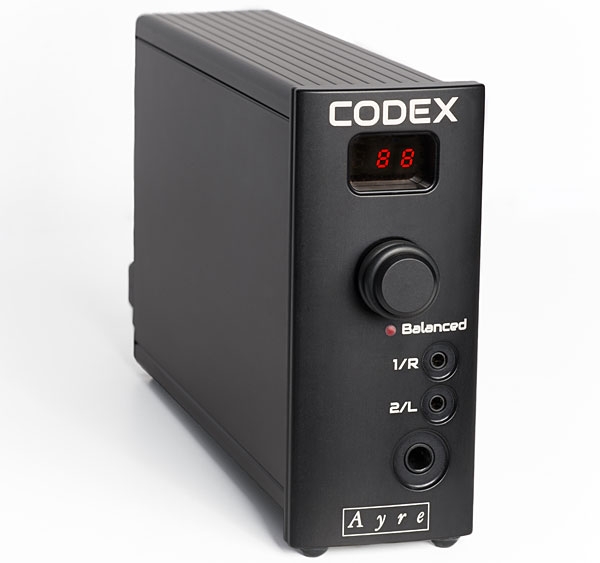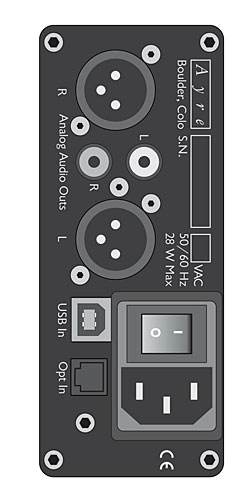| Columns Retired Columns & Blogs |
It seems like a missed opportunity to not have Tyll Hertsens at least co-author headphone reviews when they are posted to Stereophile instead of Innerfidelity (Stereophile's review of the Chord Hugo TT is another example of this). I am an avid reader of The Enthusiast Network's audiophile websites and I have consistently found Tyll to be a trusted reviewer with invaluable headphone experience. His reviews include accurate comparisons and measurements that give useful context that can be used to make informed purchase decisions. I hope in the future more reviews like this will at least be co-authored by Tyll or posted to Innerfidelity.

 On the rear panel are both balanced (XLR) and unbalanced (RCA) audio outputs and, below those, the USB and optical inputs, as well as an IEC power connector and switch. Up to 24-bit/384kHz PCM and DSD64 and DSD128 are accommodated, which I tested via USB (I didn't test the optical input). Inside is ESS's ES9018K2M 32-bit DAC chip, along with the same fully balanced, zero-feedback topology used in Ayre's R Series models.
On the rear panel are both balanced (XLR) and unbalanced (RCA) audio outputs and, below those, the USB and optical inputs, as well as an IEC power connector and switch. Up to 24-bit/384kHz PCM and DSD64 and DSD128 are accommodated, which I tested via USB (I didn't test the optical input). Inside is ESS's ES9018K2M 32-bit DAC chip, along with the same fully balanced, zero-feedback topology used in Ayre's R Series models.






































